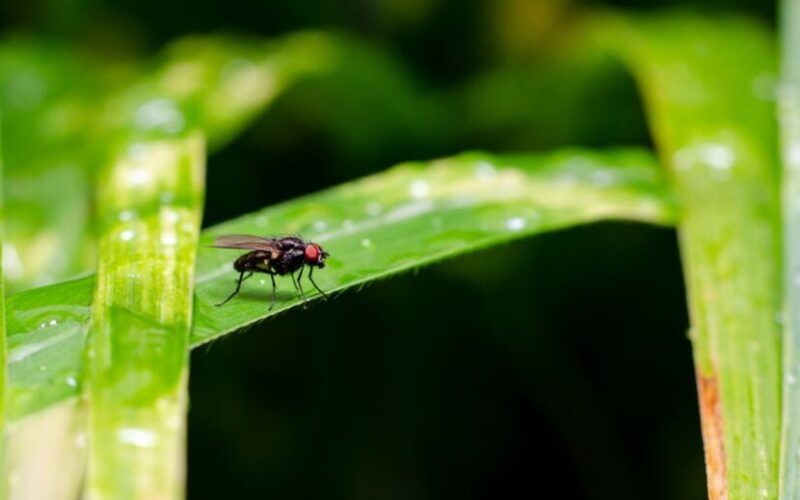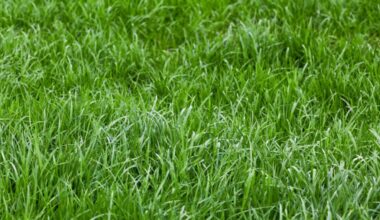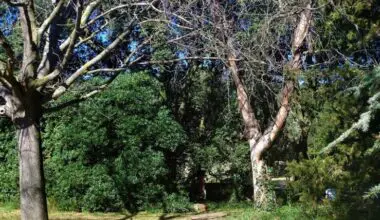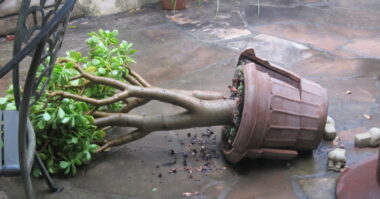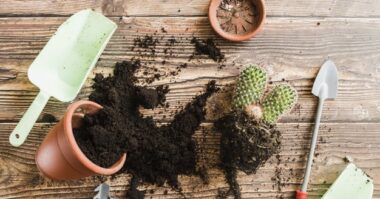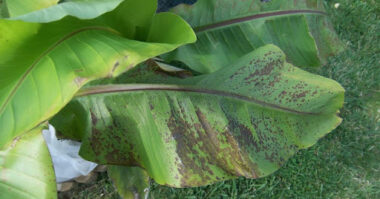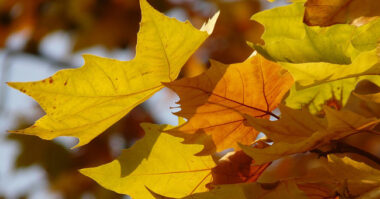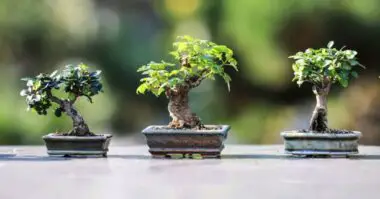You have noticed that flies and insects are attracted to your houseplants. Gnats are flying around the plants, and you are starting to get infected. Don’t panic, this is a completely natural phenomenon, and you are not at risk of anything serious at first. Moreover, it is relatively simple to get rid of it.
Follow these tips to learn how to get rid of flies and get your plants back to normal. Note that while flies are harmless, it is still important to address this problem because you may be overrun with them in a short time if you don’t take action.
Contents
Do flies eat plants?
No, flies do not eat plants, they can be other pests, such as birds, larvae, or simply a plant disease!
The fly is omnivorous. It likes heat and is attracted by certain odors such as sugar, excrement or perspiration. Since it cannot eat the food it is interested in in a solid state, due to the lack of mandibles, it puts its saliva on the food to pre-digest it and to be able to absorb it in liquid form once the process is completed.
Why are flies attracted to plants then ?
Flies that are attracted to plants are sciarids. In reality, it is the soil in the pots that attracts them. They like the warmth, humidity and light deprivation that the potting soil provides. Sciarids burrow into the soil and lay their eggs. When the eggs hatch, larvae are born, they grow and become midges.
In turn, the midges grow and become flies, which lay eggs again, then become larvae, midges, and so on. The cycle repeats itself over and over again, quickly multiplying the number of insects until it becomes unmanageable.
The first concern when you have flies is a simple aesthetic problem. If you have plants in your kitchen, in addition to the aesthetic problem, it can pose hygiene issues. Apart from the discomfort of flying insects, it becomes even more of a problem when the larvae attack the roots of the plants.
The moisture in the potting soil provides an ideal environment for the eggs to hatch, and then once they hatch, the larvae feast on the plant substrate. They eat the microelements that are so dear to the plant, but in addition, they can eat away at the roots, with the consequences one can imagine.
5 tips to get rid of flies in plants
1. Avoid overwatering your houseplants
Allow the top five centimeters of soil to dry completely before watering a gnat-infested plant again. The larvae will dry out and die if exposed to drought and the adults will no longer lay eggs.
2. Protect the surface of the pots to slow down egg laying
A simple solution is to prevent the adults from laying their eggs in the substrate. To do this, consider covering the soil on the surface of your pots, which will make the environment less favorable to new egg laying. For this purpose, you can use: clay balls, gravel or sand for example.
3. Re-pot or surface your plants
A radical solution to get rid of the larvae that swarm in the soil is to repot your plants. Rinse the roots under running water after having removed as much of the surrounding substrate as possible. Put them back in a pot that has been cleaned with bleach and rinsed well, and top up with new potting soil.
4. Spray with a soap solution
Destroy the larvae by spraying a mixture of 30 g of liquid black soap in 1 liter of water. Spray this mixture on the plants and, especially, on the substrate. Repeat every week if necessary. It is best to water your plants before using the spray, as the larvae will tend to rise to the surface and will be better eliminated by the mixture.
5. Install sticky traps
The most classic solution, but perhaps the least aesthetic, is to trap adult midges with yellow sticky traps (yes, they are attracted to the color yellow). You can make your own with double-sided tape for example, but you can also find them in stores and install them in your plants.
